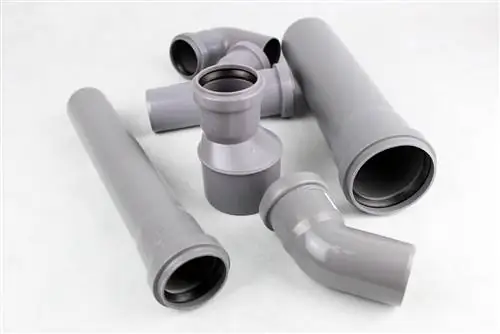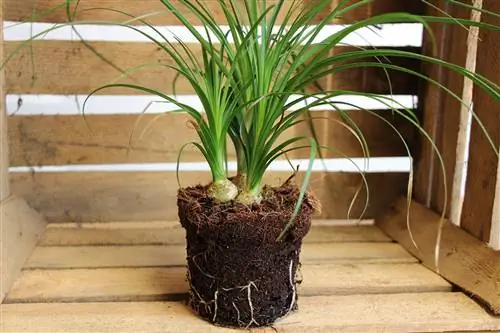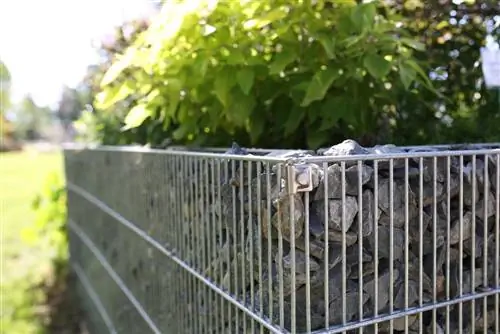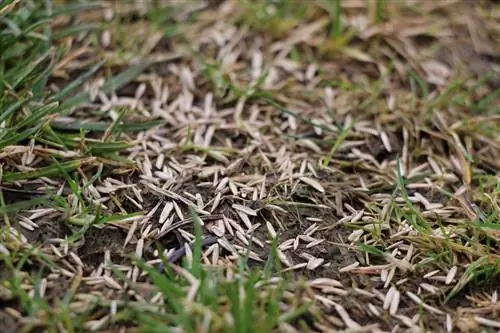- Author admin [email protected].
- Public 2023-12-17 03:39.
- Last modified 2025-01-24 12:45.
No residential building can function today without water. What is most important is the correct cable diameter for the specific task of the cable. These diameters are common today:
Freshwater
First of all, it is important that fresh water gets to the places where you need it. There are fresh water pipes for this that either only transport cold water or are supplemented by a second pipe for warm water. Regardless of the temperature, the cable cross-sections should be chosen so that some basic effects are achieved:
- Provide fresh water requirements
- Reduce the time the water stays in the pipe as much as possible to prevent the development of germs
- Preserve the floating effect in the pipe to avoid deposits and clogging of the cross section
As a result of these requirements, contrary to popular attitudes, it is not about always installing the largest possible fresh water pipe. Instead, the cross section should be chosen so that, on the one hand, the necessary water is available at the point of consumption. On the other hand, the dimensions should be so small that the water flow avoids deposits and at the same time no long service life is to be expected in the pipe.
NOTE:
Especially in warm water, there is a risk that so-called Legionella, dangerous pathogens, will multiply in the water. In addition to a high temperature, frequent replacement of water protects against infestation. This exchange is carried out by regularly removing the water from the tap.
The cross sections
Unfortunately, it is not possible to determine which pipe cross-section is ideal for fresh water. The higher the demand, the larger the cable cross-section should be. The longer the pipe leading to the consumer, the thinner it should be in order to avoid water standing in the pipe for a long time. Therefore, in most cases, a calculation of the cable cross sections is carried out here. DIN 1988-300 and DIN EN 806-3 specify maximum pipe lengths that may be installed depending on the water volume and pipe cross-section.
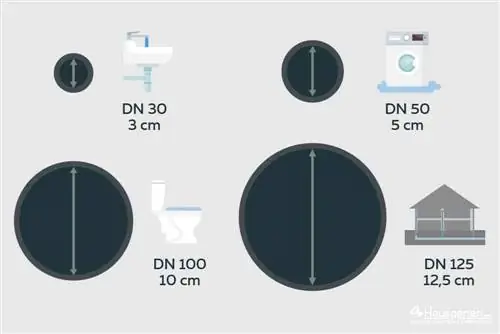
As a rough guide, however, you can use these cross sections as rough guidelines for the fresh water pipes:
- Main connection for domestic water: DN32, in new buildings occasionally also DN25
- Main line to the floors: DN20 or DN16
- Secondary lines to the end users (shower, sink, etc.) DN16 or DN13
- Subordinate branch lines (e.g. garden line) DN13 or DN10
NOTE:
“DN” means “diameter nominal” and indicates the usable inner diameter of the pipes in millimeters.
Wastewater
Unlike fresh water, wastewater also carries countless other things in addition to water:
- Soap
- Oils, fats
- Dirt
- Leftovers
- Feces
Therefore, in addition to the actual transport of water, the most important thing in dirty water pipes is to safely drain away the substances carried while at the same time preventing the pipe cross-section from clogging. What is therefore important is the so-called floating effect of the water within the pipe. This means that the wastewater carries solids with it so that they do not remain in the pipe. With the usual gravity pipes, the ideal situation is not to have as large a filling as possible within the pipe. Instead, only around a third of the cross section should be occupied by water. Then the entrainment effect is greatest and the line remains permanently free and continuous. Therefore, common cross-sections are also based on the type and quantity of connected consumers. A calculation is also required here. The valid basis for this is DIN1986. In a single-family home the following diameters usually result:
Connecting cables
- Sink: DN30
- Sink, dishwasher, washing machine, shower, bathtub: DN50
- Collecting pipes of the above-mentioned objects: DN70
- WCs: DN100
Downpipes in the building
Wastewater: DN100
Underground pipes under the building:
At least DN125
Rainwater
When draining rainwater from terraces or roof surfaces, the required pipe cross-section depends primarily on the area connected. Typical are downpipes with DN70 or DN100, which merge into underground pipes in the ground with DN100 or DN125.
ATTENTION:
Some municipalities generally prescribe certain pipe diameters for the drainage pipes in their area of responsibility. These are usually minimum cross sections of DN125 or even DN150. The main aim is to ensure that lines that may become larger over time are still sufficiently large.
Other cable cross sections

Of course, in addition to water and wastewater, there are a number of other supply media in every house that are provided in pipes. This mainly involves gas and electricity, as well as possibly oil from your own tank for heating. However, these media pose an increased risk, so only experts are allowed to work here. They also carry out the dimensioning based on common regulations.

